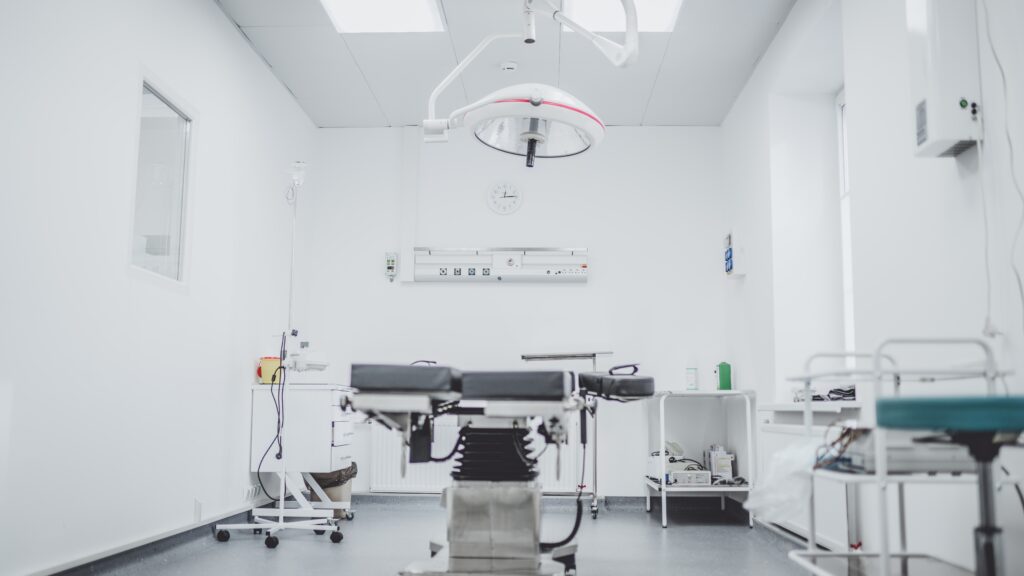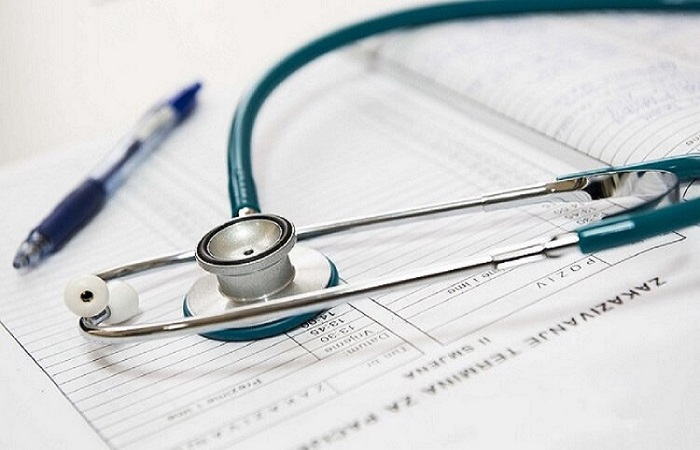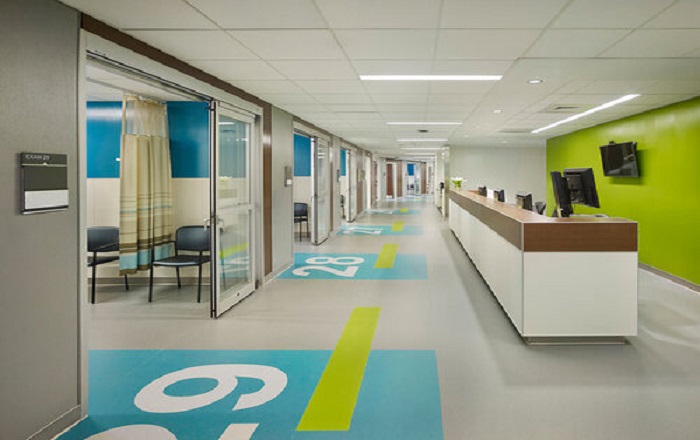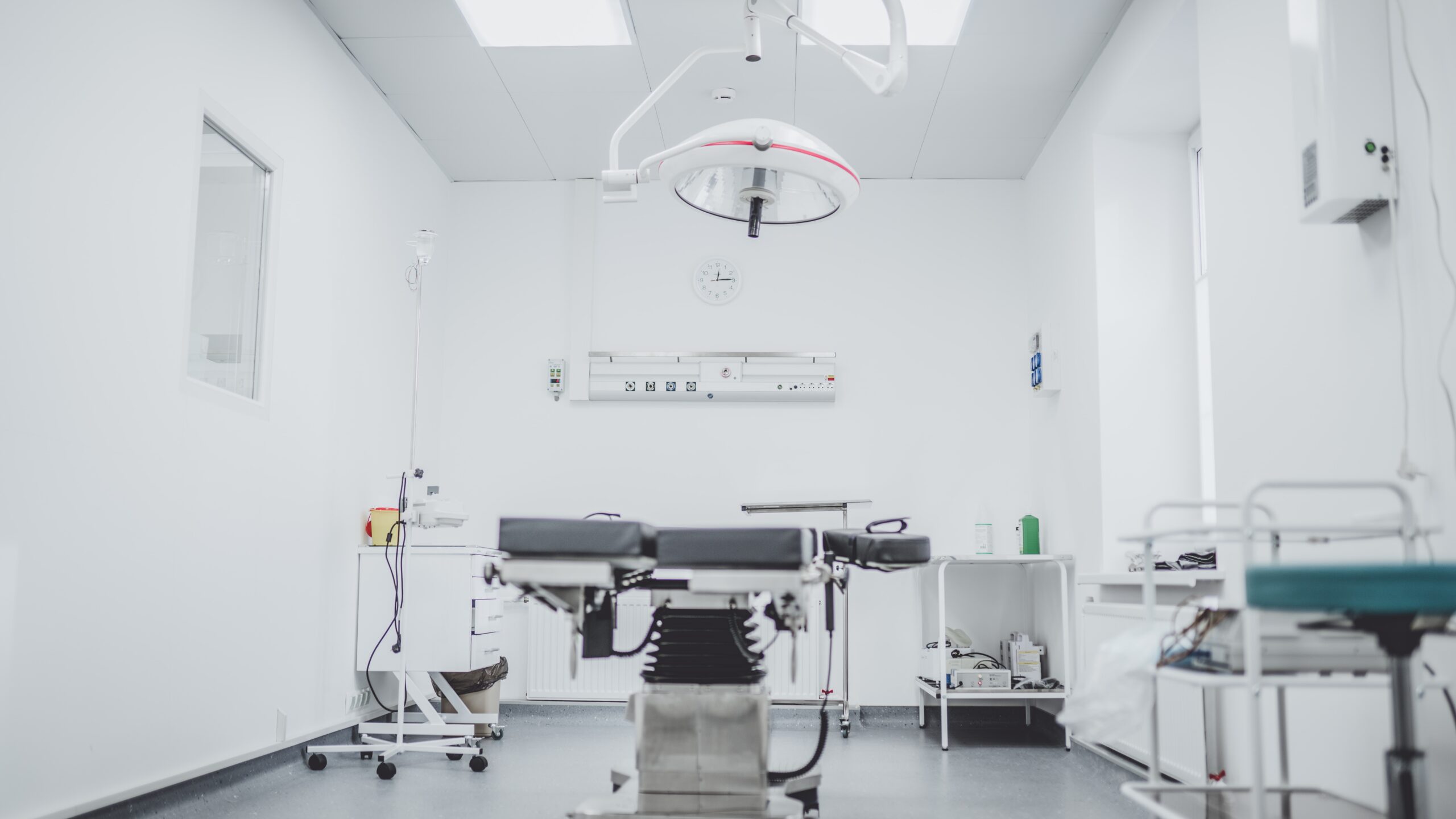
The world of healthcare is fast paced,cases can take unpredictable turns at any given time. Thus, it is important to have the right equipment, as it is paramount to providing efficient and effective patient care.
Medical equipment are necessary for providing comprehensive treatments, monitoring patient’s condition, dealing with emergencies and life threatening situations. These devices are indispensable for enhancing patient care, ensuring safety, and optimising healthcare delivery.
Beyond general use equipment and wearables such as syringes, gloves, antiseptic, facemasks, gowns etc, Hospitals should ensure that they have basic equipment to ease patient care, provide accurate diagnosis, provide emergency support and prevent infection.
This article provides a list of five essential equipment each hospital should have that can improve the quality of care at their facility. They include:
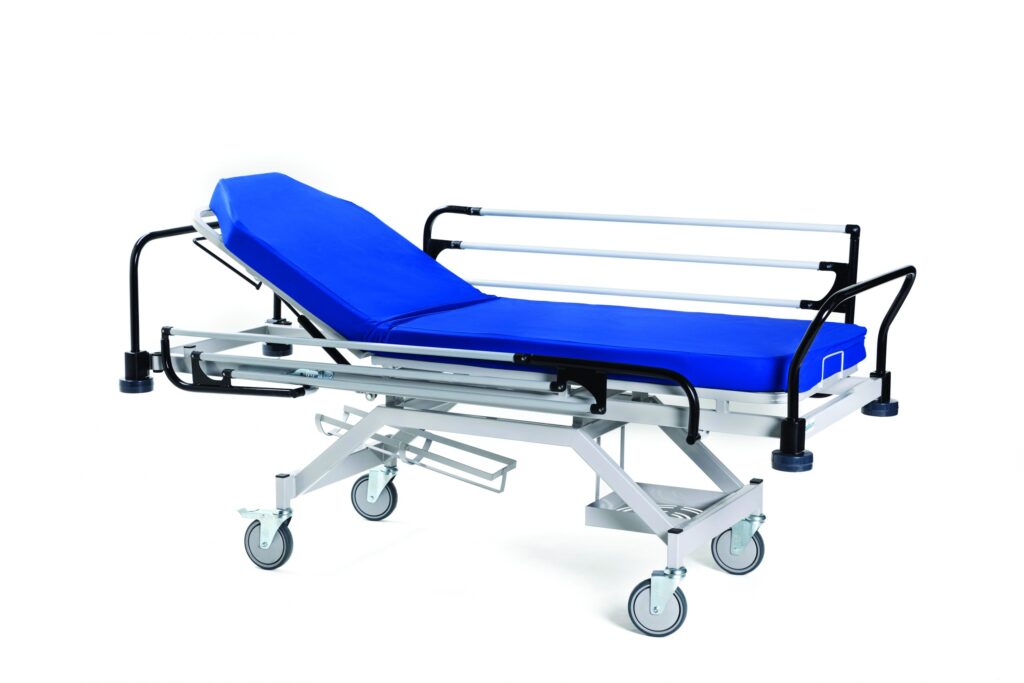
- Stretchers: Stretchers are transport equipment that ease patient mobility. They provide a safe and efficient means of transporting patients within the facility, whether for diagnostic procedures, surgeries, or emergency situations. A well-designed stretcher is comfortable for the patient and ergonomically friendly for healthcare professionals, reducing the risk of injury during transfers.
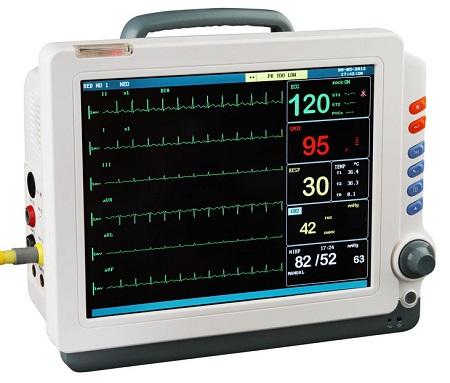
- Patient Monitors: Patient monitors are essential for tracking vital signs and offering real-time data and insights on patients’ health. These devices continuously monitor a patient’s health including heart rate, blood pressure, respiratory rate etc. They are important in enhancing the quality of care and early detection of critical changes. They provide continuous observation of a patient’s critical health stats so doctors and nurses can quickly detect any changes that could indicate a medical emergency
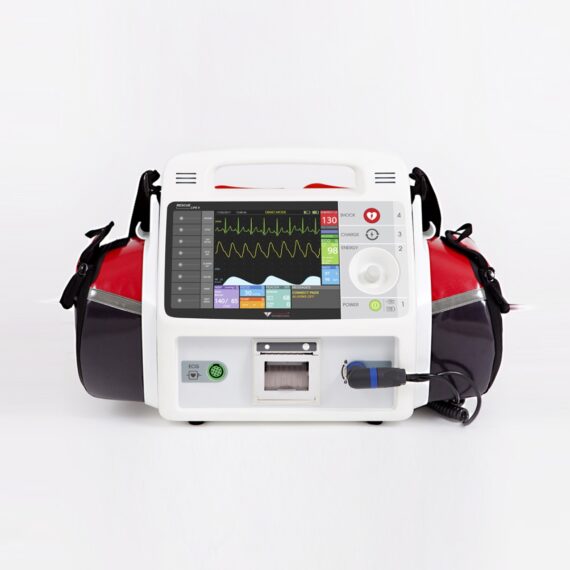
- Defibrillators: Defibrillators are critical for addressing sudden cardiac arrest, a life-threatening event that demands immediate intervention. They provide an electric shock to your heart to allow it to get out of a potentially fatal abnormal heart rhythm, or arrhythmia and back to a normal rhythm These devices deliver controlled electrical shocks to restore normal heart rhythms and save lives.
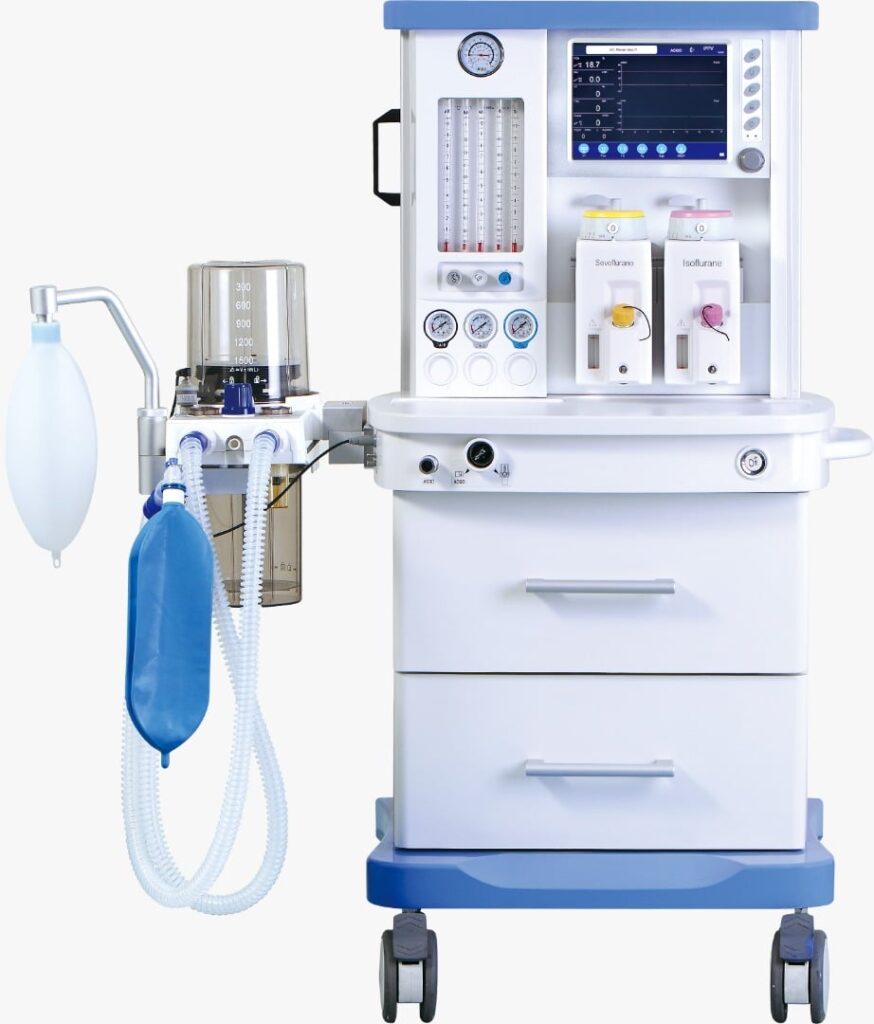
- Anesthesia Machines: Anaesthesia machines play a pivotal role in surgeries and medical procedures, ensuring patient comfort and safety by delivering precise amounts of anaesthetic gases. An anaesthetic machine is a medical device used to generate and mix a fresh gas flow of medical gases and inhalational anaesthetic agents for the purpose of inducing and maintaining anaesthesia.These machines are designed for the anaesthetist’s ease of use and the patient’s well-being.
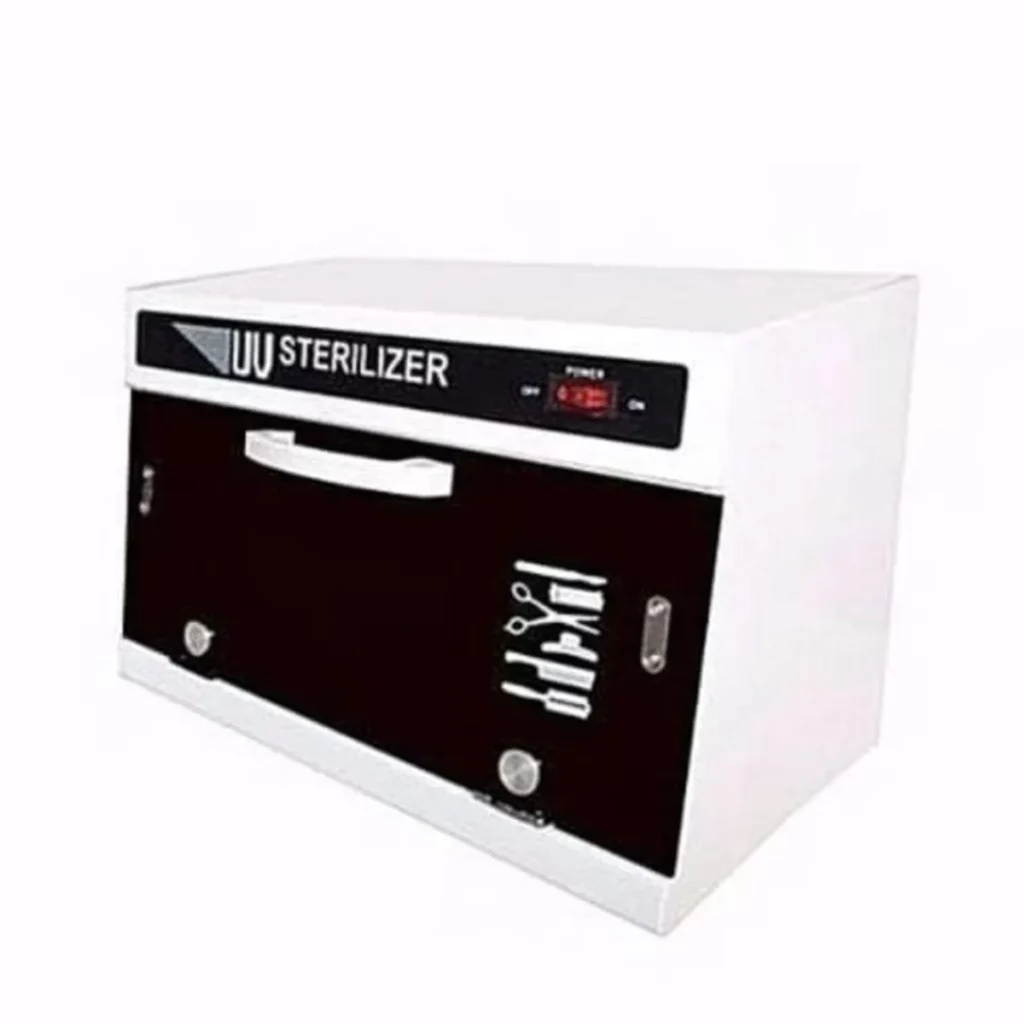
- Sterilisers: Sterilisation is at the core of infection control in healthcare settings. Sterilisers, including autoclaves and other sterilisation equipment, are vital for ensuring that medical instruments and equipment are free from pathogens and safe for patient use.
These five essential medical equipment—stretchers, patient monitors, defibrillators, anaesthesia machines, and sterilisers—form the backbone of any modern hospital. They provide the foundation for patient mobility, real-time health monitoring, life-saving interventions, safe surgical procedures, and infection control.
As a healthcare professional or a healthcare equipment company representative, understanding the significance of these essential medical devices empowers you to make informed decisions, ensuring patient care is at the forefront of every healthcare setting. By investing in high-quality equipment from reputable manufacturers and providing comprehensive training and maintenance, healthcare facilities can achieve their mission of delivering safe, effective, and efficient care to patients, ultimately contributing to better healthcare outcomes.

